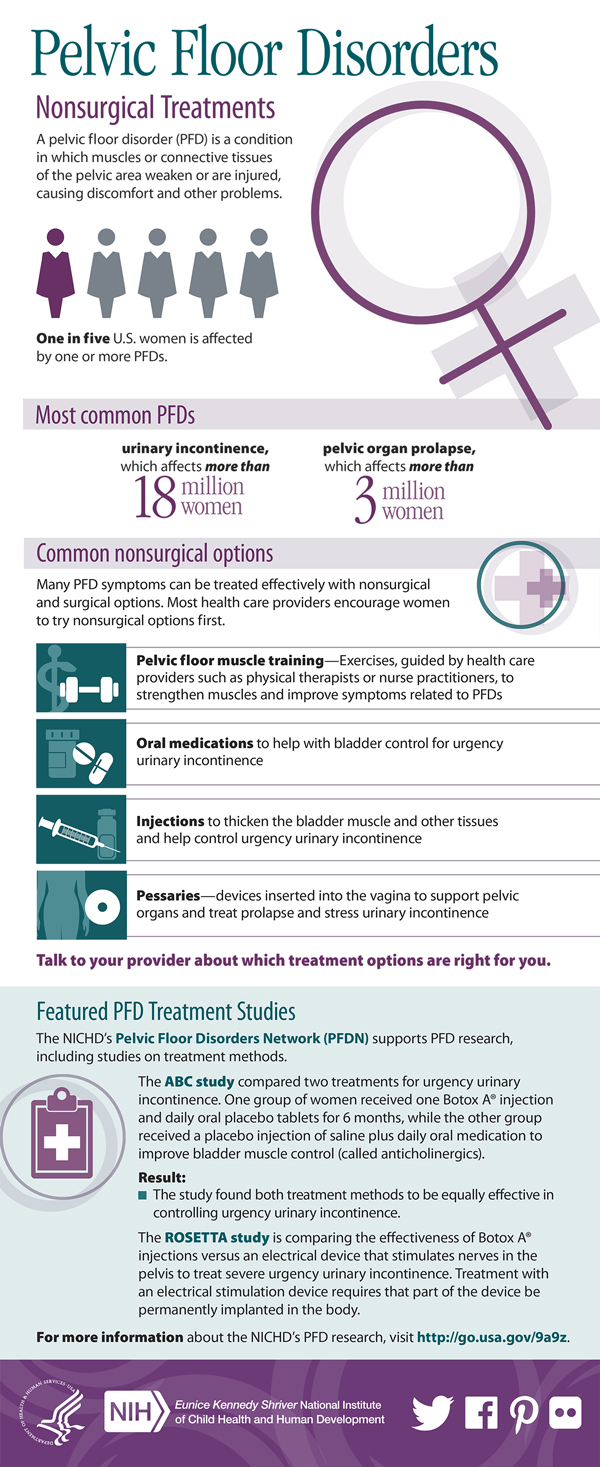Exactly How To Allocate Your Flooring Task: A Practical Overview
Exactly How To Allocate Your Flooring Task: A Practical Overview
Blog Article
Content By-Mcgowan Lake
When you're planning a floor covering task, budgeting isn't almost choosing a number; it has to do with understanding what you truly need and the costs included. You'll want to examine your specific demands, study different products, and prepare for unanticipated expenditures. Think about how elements like space purpose and installation approaches can impact your budget. Yet prior to you jump in, there are some critical details you may forget that can significantly influence your overall expenses. Let's discover exactly how to navigate these complexities and guarantee your task remains on track.
Assessing Your Flooring Demands
Before diving into your floor covering job, it's vital to evaluate your flooring needs. Start by taking into consideration the specific areas where you plan to mount new floor covering. Think of the objective of each area. For example, kitchens and bathrooms need water-resistant products, while living locations may benefit from comfort and visual appeals.
Next off, examine the existing conditions of your floorings. Exist any kind of architectural concerns, such as irregular surfaces or moisture issues? Addressing these concerns early on can save you time and money down the line.
Also, keep in mind of the measurements of each room to establish just how much flooring you'll require.
Don't forget to consider your lifestyle. If you have animals or young children, resilience could be your leading priority, while a more formal room might ask for an elegant coating. Additionally, think about your layout preferences. Do you choose a timeless appearance, or are you drawn to contemporary designs?
Finally, be sensible regarding how much maintenance you're willing to commit to. Some materials call for more upkeep than others. By understanding your requirements clearly, you'll be better geared up to make educated choices as you progress with your floor covering project.
Estimating Expenses and Products
Estimating costs and products is an essential action in your floor covering job that can significantly influence your general spending plan. Beginning by gauging your space accurately to determine how much floor covering you'll require. For the majority of materials, you'll locate prices by square foot, so gather quotes from numerous suppliers to obtain a reasonable figure.
Next off, think about the kind of flooring you want. Options like hardwood, laminate, tile, or carpet all included different rate points. Study the costs for each and every and factor in any extra materials like underlayment, glue, or transition strips.
Do not neglect to include tools if you're planning a DIY installation, as renting out or buying devices can include in your costs.
Labor prices are another crucial consideration. If you're employing specialists, obtain estimates from multiple service providers to ensure you're obtaining a fair price. Be clear concerning the extent of job to prevent unexpected costs later.
Lastly, it's a good idea to set aside a tiny percentage of your allocate any unanticipated prices connected to materials. By completely approximating your costs and materials ahead of time, you'll establish on your own up for a smoother and extra workable floor covering job.
Planning for Hidden Costs
Several property owners overlook the surprise expenditures that can develop throughout a flooring job, which can result in budget overruns. To avoid this, you require to plan for possible additional prices.
Initially, consider the problem of your existing subfloor. If it's harmed or irregular, you'll likely require fixings or leveling, which can add significantly to your general expense.
Next, consider elimination and disposal fees for your old floor covering. Lots of contractors charge extra for this service, so variable that right into your budget plan.
In addition, do not forget the costs of underlayment, which might not be included in the preliminary quote however are important for a successful installment.
You must likewise plan for unanticipated difficulties, such as pipes or electrical job if your floor covering job entails relocating fixtures. It's wise to allot a minimum of 10-15% of your total allocate these unforeseen expenses.
Lastly, remember that permits may be needed for certain installations. Constantly inspect epoxy concrete patio to avoid penalties or delays.
Conclusion
Finally, budgeting for your floor covering task is necessary for an effective end result. By assessing your needs, estimating costs, and preparation for covert expenses, you'll stay clear of surprises and remain on track. Remember to allot a part of your allocate unanticipated costs and keep a detailed break down of your expenditures. With https://www.wyff4.com/article/deputies-warn-public-salesman-scam-south-carolina-georgia/61510216 and consideration, you'll create a beautiful area that satisfies your demands without breaking the financial institution. Pleased floor covering!
